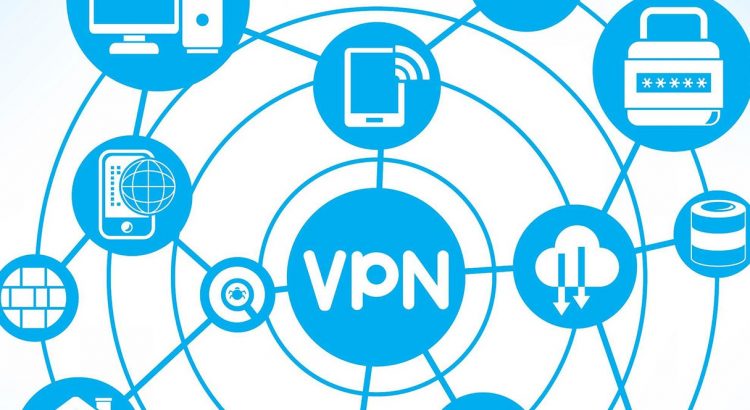Designing the user interface is now more important than ever and is one of the most critical roles in a web design team. Following is a basic checklist for user interface and user experience design of a website.
The first and foremost factor is to ensure that the team is happy with the design. If the product fail to excite the team behind the execution, then it would not create an impression in the market. Therefore, the product needs a team that believes in the choices they made.
Sometimes nothing will appear on screen, due to no search results, or lack of entries in the table. Therefore, you need to model out your blank states and then create UI to handle those moments.
You also need to account for every possible error state and then create a workflow that prevents that from happening. You cannot expect your users to figure out how a system works. You must help your user through the entire web browsing experience.
Whenever possible, for example when something is loading, you must show some animation that shows progress to the user that could help them know the exact time the loading is expected to finish.
Always use real data in your designs and ensure to test a dummy of the website with at least five potential end users. This will help to eradicate any glitches, before moving to a design phase.
Article by Rack Alley. You can host your website and other applications on tier one infrastructure with LA colocation of your own hardware or rented systems.





